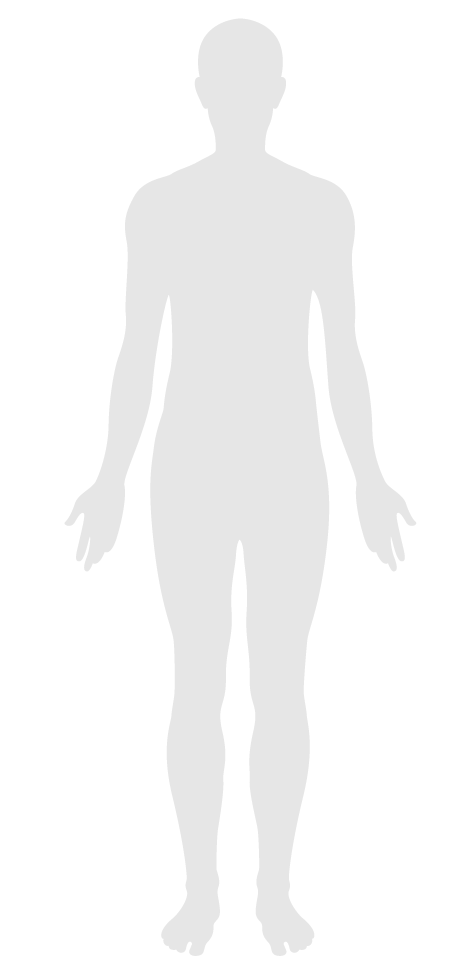Antimicrobial surfaces
- 1 Air quality standards
- 2 Smoking ban
- 3 Ventilation effectiveness
- 4 VOC reduction
- 5 Air filtration
- 6 Microbe and mold control
- 7 Construction pollution management
- 8 Healthy entrance
- 9 Cleaning protocol
- 10 Pesticide management
- 11 Fundamental material safety
- 12 Moisture management
- 13 Air flush
- 14 Air infiltration management
- 15 Increased ventilation
- 16 Humidity control
- 17 Direct source ventilation
- 18 Air quality monitoring and feedback
- 19 Operable windows
- 20 Outdoor air systems
- 21 Displacement ventilation
- 22 Pest control
- 23 Advanced air purification
- 24 Combustion minimization
- 25 Toxic material reduction
- 26 Enhanced material safety
- 27 Antimicrobial surfaces
- 28 Cleanable environment
- 208 Injury prevention
27. Antimicrobial surfaces
Cleaning processes are often effective at reducing the bacterial load on given surfaces, yet in conditions where there are airborne bacteria, high moisture or surfaces that are touched frequently, the bioload returns soon after the cleaning compounds dissipate.
This feature employs the use of materials that consistently clean surfaces by reacting to or physically disrupting microbes. This approach suppresses microbe build-up on surfaces while minimizing the use of cleaning chemicals.
Part 1: Pest Reduction
The following are met:
a. All non-refrigerated perishable food, including pet food, is stored in sealed containers.
b. All indoor garbage cans (except paper recycling bins) less than 113 liters [30 gallons] have lids and hands-free operation.
c. All indoor garbage cans greater than 113 liters [30 gallons] have a lid.
Part 2: Locker Room Coating
All lockers, benches, and floors in the locker rooms, if present, are coated with or comprised of a material which meets the following:
a. Abrasion-resistant and non-leaching.
b.132 EPA testing requirements for antimicrobial activity.
Part 3: Fabric Coating
All fabrics and porous surfaces meet the following:
a. Contain a permanent, non-leaching additive that helps to reduce microorganisms that cause odors and degrade fabrics.

Applicability Matrix
| Core & Shell | Tenant Improvement | New Construction | |
|---|---|---|---|
| Part 1: Pest Reduction | - | O | O |
| Part 2: Locker Room Coating | - | - | - |
| Part 3: Fabric Coating | - | - | - |
| Commercial Kitchen | Schools | Multifamily Residential | Restaurant | Retail | |
|---|---|---|---|---|---|
| Part 1: Pest Reduction | P | P | O | P | O |
| Part 2: Locker Room Coating | - | O | - | - | - |
| Part 3: Fabric Coating | - | - | - | - | - |
Verification Methods Matrix
| Letters of Assurance | Annotated Documents | On-Site Checks | |
|---|---|---|---|
|
PART 1 (Design) Pest Reduction |
Auditor Inspection | ||
|
PART 2 (Design) Locker Room Coating |
Contractor |
